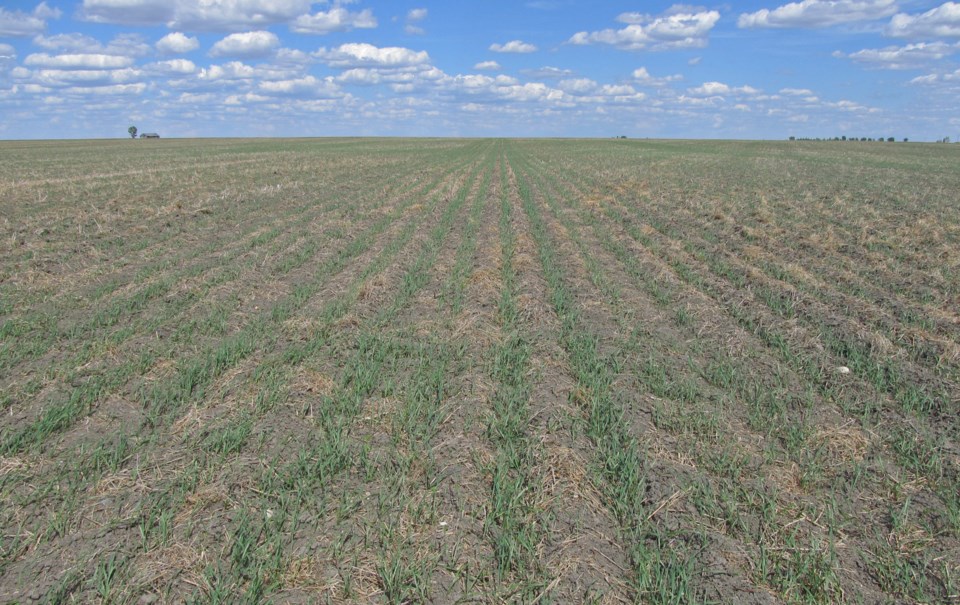SASKATOON – BASF Agricultural Solutions has pledged $100,000 towards the advancement of a new world-class breeding facility at the Crop Development Centre (CDC) at the University of Saskatchewan (USask) in Saskatoon.
The announcement celebrates the 25-year partnership between BASF and the renowned CDC field crop research organization. This pledge is in addition to the more than $12 million BASF has already invested in the research and development of crop genetics, facility enhancements, and the commercialization of new pulse and wheat varieties for Canadian farmers over the last two decades with the CDC.
“The partnership of CDC and BASF is one of the longest-standing public-private partnerships in Canadian agriculture. It has played a vital role in enabling CDC to deliver on its mandate to improve economic returns for farmers and the agriculture industry of Western Canada,” said CDC Director Curtis Pozniak. “BASF’s investments in CDC have enabled a range of new crop-breeding innovations, and with today’s announcement, our relationship is set to continue long into the future.”
The new $100,000 pledge will go toward the building of a new enhanced plant breeding facility at CDC. The facility will drive genetic gain by reducing cycle time and increasing early generation selection. The new pledge adds to BASF’s $125,000 investment in the Pulse Crop Field Lab in 2005 and $200,000 towards the Grain Innovation Lab in 2009.
“It has been a great privilege to work in partnership with CDC to deliver some of the most innovative developments in agriculture over the last quarter century. This latest investment in CDC facilities will enhance its plant breeding programs as well as the applicability and impact of student research – research that ultimately strengthens the sustainability and long-term profitability of growers and their farm operations across the country,” said Jeff Bertholet, manager of Technical Service for BASF Agricultural Solutions in Canada.
Canadian farmers supply approximately 40 per cent of the world’s lentils, making pulse crops an important export for Canada. For 25 years, the partnership between BASF and CDC has helped bring new innovations to market and resulted in a system change for Canadian agriculture.
“Together we solved one of the basic issues facing pulse crops in Canada – weeds,” said Bert Vandenberg, leader of the CDC’s lentil breeding program. “The discovery and commercialization of imidazolinone (IMI) herbicide tolerance in lentils was the tool that not only controlled weeds, it helped expand the industry. This technology made growing lentils a more successful and profitable alternative for farmers and ensured that Canada could contribute to the growing global demand for the crop.”
Funding from BASF also played a critical role in strengthening CDC wheat-breeding capabilities. Investments in facility enhancement, research fellows, technology and tools, as well as commercialization capacity from BASF, has had a direct impact on CDC’s ability to develop and commercialize multiple new varieties for Canadian growers.
“The greatest success from our 25-year partnership has been our ability to turn research and development into action,” said CDC wheat breeder Pierre Hucl. “It wasn’t just about improving crop yield. It was about giving producers choice and being able to introduce multiple varieties which enabled a sustainable, healthy crop rotation for farmers.”
Ěý


.JPG;w=120;h=80;mode=crop)

